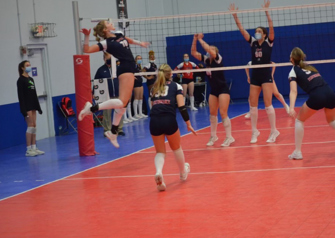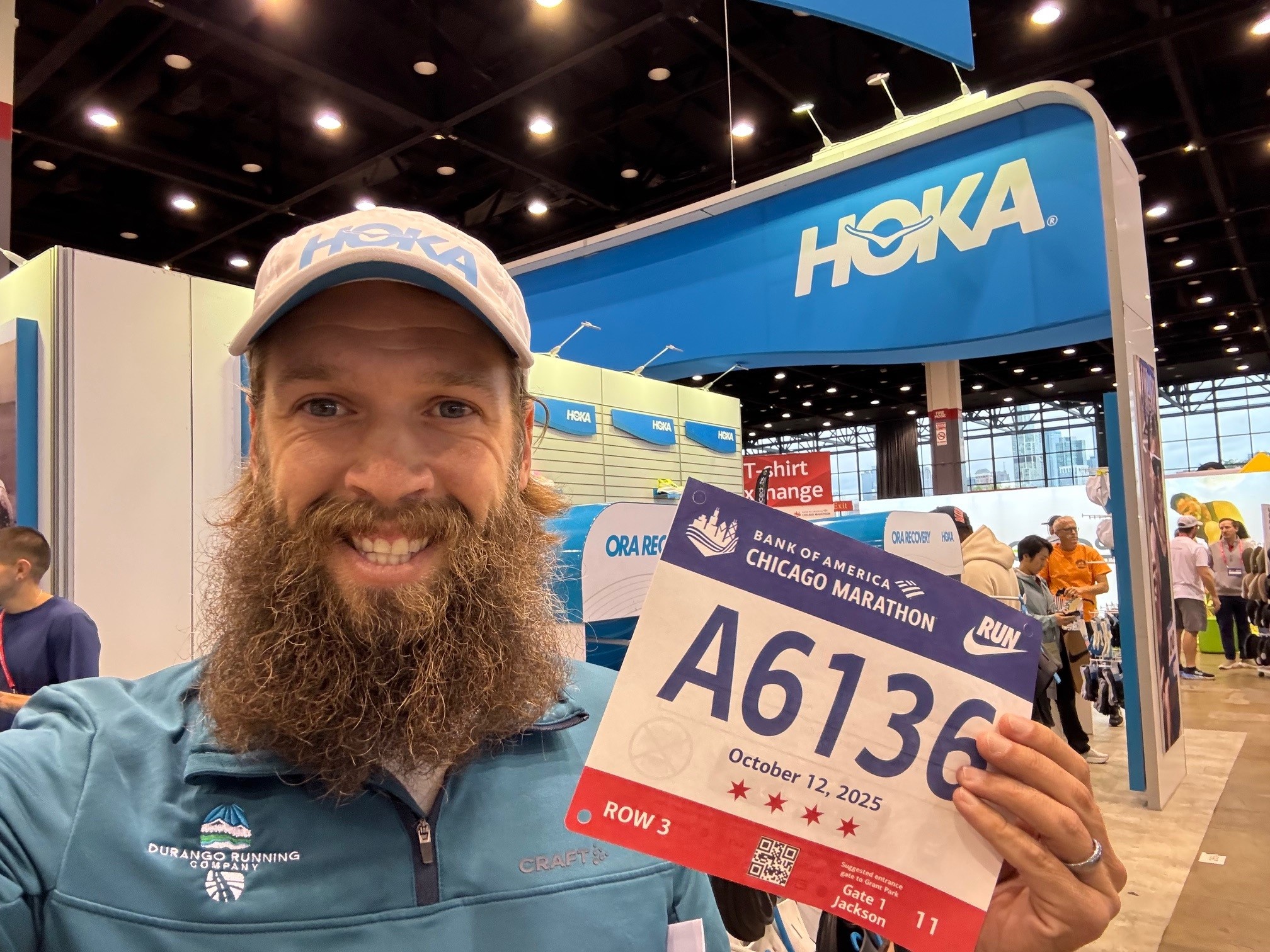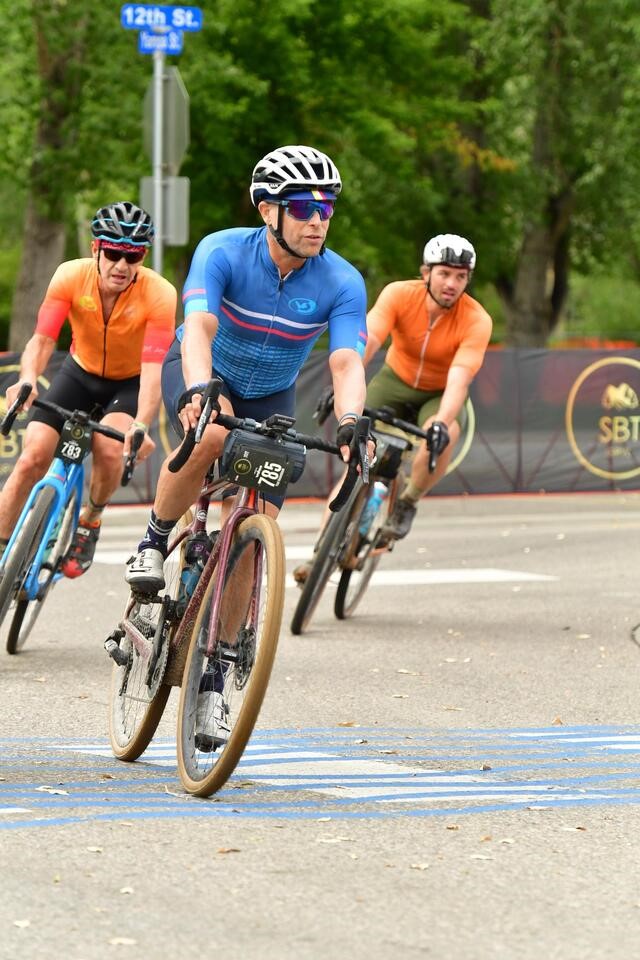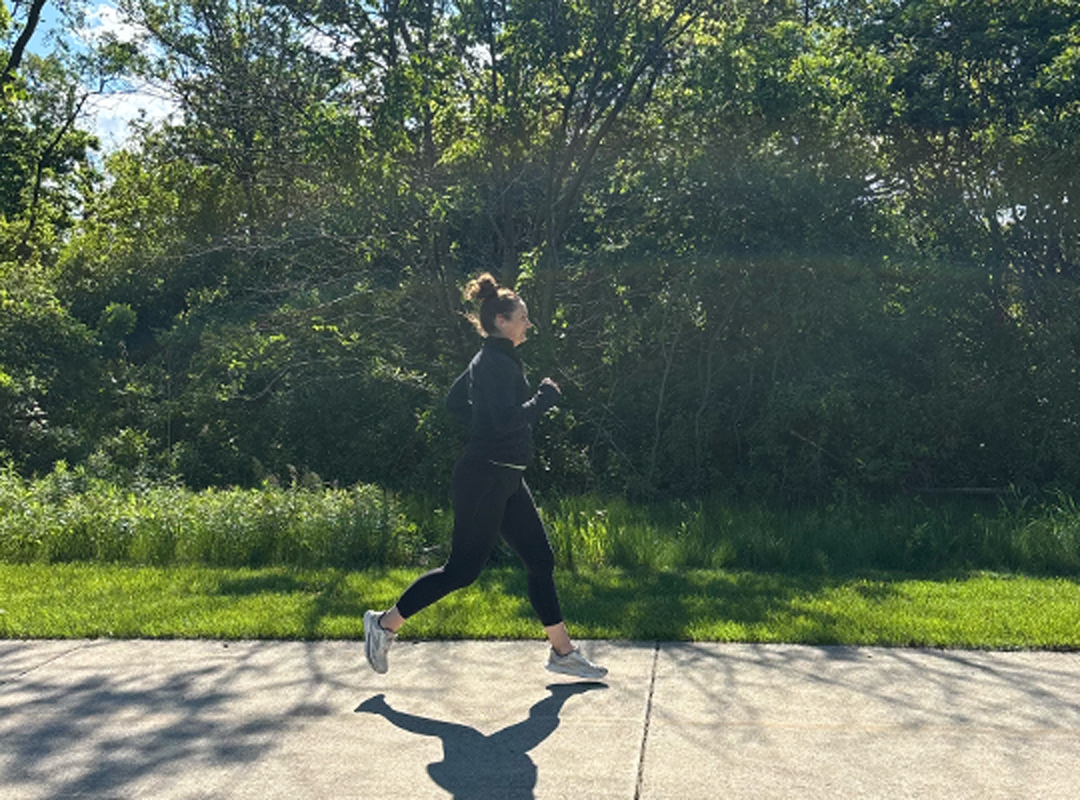
Patient Stories
D1-Bound Volleyball Player Hitting the Court Again After Knee Surgery
Date posted: 3/19/2021
Last updated: 3/19/2021
Table of Contents
An estimated 500,000 U.S. high school students play competitive volleyball — and four times as many of them are girls. With that many kids playing volleyball, injuries are bound to follow. But, when you think of volleyball injuries, you probably think of an ankle sprain or shoulder pain, right?
This was not the case for talented volleyball player Emily Wilson, 18, of Morris, IL. It was a knee injury that sidelined her successful high school volleyball career.
At 6’ 3”, Emily soared to great heights at a young age and eventually became a valuable outside hitter for her Sports Performance Volleyball Club team. She dreamed of playing college volleyball and eventually fell in love with the University of San Diego and its Division 1 coaching team. She committed to play there after high school.
“Because I was so tall, I was clearly not cut out to be a dancer,” Wilson jokes. “My parents introduced me to volleyball around age 6 or 7 and I have loved it as long as I can remember.”
That is, until the day she felt a sharp pain in her knee after lunging for a ball in practice. It surprised her but she continued to play, assuming the pain would pass, and even went on to compete in several tournaments. Shortly thereafter, other changes occurred in her knee.
“My kneecap just didn’t stay where it belonged and I felt the worst pain of my life,” she says.
Eventually, she couldn’t lift her leg, and practicing volleyball became impossible.
Her parents decided enough was enough and searched for a good sports medicine surgeon. They were pleased to find Dr. Brian Forsythe of Midwest Orthopaedics at Rush who has a lot of experience caring for high-level athletes. “I liked him right away and he instantly made me feel better when he told me surgery would return me to the court.”
He diagnosed her with patellar subluxation (kneecap instability) and recommended a patellofemoral reconstruction surgery. She and her parents agreed, and Wilson underwent the procedure just days before the pandemic shutdown. During the outpatient surgery, Dr. Forsythe used an arthroscopic technique in which he accessed her knee anatomy through two tiny holes. He performed a tendon graft to re-create the proper function of her own patellofemoral ligament. In Wilson’s case, he used tissues from a donor (called an allograft) to allow her kneecap to move normally. She returned home the same day.
“I’ve worked so hard, so this surgery was the best decision for me,” Wilson says.
Today, just a year out from her surgery, and after months of rehabilitation, she is back in the gym playing volleyball or working out seven days a week. Looking forward, she is excited to help the USD Toreros compete this fall.


